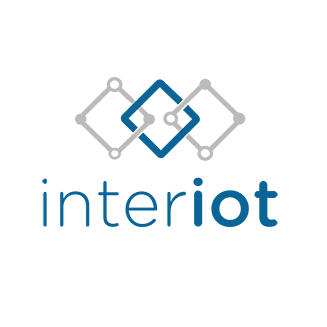
PROJECTS
INTER-IoT
INTER-IoT project is aiming at the design, implementation and experimentation of an open cross-layer framework and associated methodology to provide voluntary interoperability among heterogeneous Internet of Things (IoT) platforms. The proposal will allow developing effectively and efficiently smart IoT applications, atop different heterogeneous IoT platforms, spanning single and/or multiple application domains.
The overall goal of the INTER-IoT project is to provide a interoperable framework architecture for seamless integration of different IoT architectures present in different application domains. Interoperability will be provided at different levels: device, network, middleware, services and data.
The two application domains and use cases addressed in the project and in which the IoT framework will be applied are m-health and port transportation and logistics. The project outcome may optimize different operations (e.g. increasing efficiency in transportation time; reducing CO2 emission in a port environment; improving access control and safety; improving remote patient attendance and increase the number of subject that surgery units can assist using the mobile devices with the same resources; reducing time spent in hospitals premises or reduce the time dedicated to the assistance activities carried out directly at the surgery with advantage for subjects in charge and also benefits those waiting, i.e. reduction of the waiting list) in the two addresses domains, but it may be extended to other application domains in which there is a need to interconnect different IoT architectures already deployed. The project may deal with interoperability at different layers.
SATRD role in the INTER-IoT project
The project is coordinated by the SATRD research group. It focus on the definition of the indoor positioning system in airport premises so as indoor navigation, linking it with the mobile application development and the global travel organisation time of the INTER-IoT system. The research group bring as main competences:
- Positioning and navigation in indoor and outdoor environments.
- Algorithm and signal processing specification and development.
- Wireless networking planification and processing.
- Semantics and services development.
- Semantic wireless sensor networks.
- Command and control systems.

